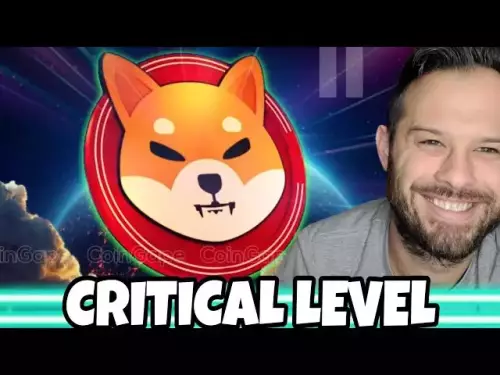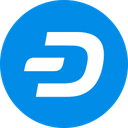-
 bitcoin
bitcoin $121833.232455 USD
-0.63% -
 ethereum
ethereum $4394.437030 USD
-2.00% -
 tether
tether $1.000570 USD
0.04% -
 bnb
bnb $1255.553465 USD
-3.73% -
 xrp
xrp $2.814944 USD
-1.59% -
 solana
solana $221.835346 USD
-2.40% -
 usd-coin
usd-coin $0.999869 USD
0.01% -
 dogecoin
dogecoin $0.249495 USD
-1.32% -
 tron
tron $0.336905 USD
-1.24% -
 cardano
cardano $0.816464 USD
-1.69% -
 chainlink
chainlink $22.130946 USD
-1.27% -
 hyperliquid
hyperliquid $44.208522 USD
-3.46% -
 ethena-usde
ethena-usde $1.000521 USD
0.02% -
 sui
sui $3.422897 USD
-2.51% -
 stellar
stellar $0.380164 USD
-1.31%
How can beginners avoid common pitfalls in NFT minting?
NFT minting converts digital files into blockchain-verified assets, requiring gas fees and smart contract interaction—research platforms, verify contracts, and secure your wallet to avoid scams.
Aug 07, 2025 at 05:57 pm
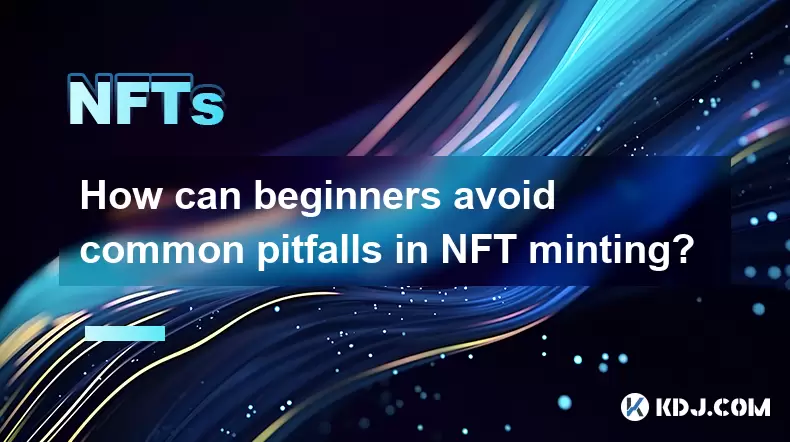
Understanding the Basics of NFT Minting
For beginners entering the NFT space, understanding what NFT minting actually means is the foundational step. Minting refers to the process of converting digital files—such as images, videos, or audio—into blockchain-verified assets on a decentralized network. This process records the asset’s metadata, ownership, and transaction history on the blockchain, making it unique and non-replicable. The most common blockchain used for NFT minting is Ethereum, though alternatives like Solana, Polygon, and Cardano are gaining traction due to lower fees and faster speeds.
A common misconception among new users is that minting is free. In reality, every transaction on a blockchain requires a gas fee, which is a payment to network validators for processing the transaction. On Ethereum, these fees can fluctuate dramatically based on network congestion. To avoid unexpected costs, beginners should monitor gas prices using tools like Etherscan’s Gas Tracker or Blocknative’s Gas Platform before initiating a mint. Setting a custom gas limit in your wallet (e.g., MetaMask) can help control spending.
Another essential concept is smart contracts. These are self-executing code that govern how an NFT behaves—how it’s transferred, whether royalties are paid, and under what conditions it can be minted. Before interacting with any minting platform, users should verify the smart contract address on block explorers to avoid phishing sites.
Selecting a Secure and Reputable Minting Platform
Choosing the right platform is critical to avoid scams and technical issues. Platforms like OpenSea, Rarible, and Mintable offer beginner-friendly interfaces for minting NFTs. However, not all platforms are equal in terms of security and transparency.
- Always ensure the website URL is correct and uses HTTPS.
- Look for verified contracts and community reviews on Discord or Twitter.
- Check if the platform supports lazy minting, which allows you to list an NFT without paying gas fees upfront—payment occurs only when the NFT is sold.
Avoid platforms that ask for your private key or seed phrase. Legitimate services will never request this information. Instead, they integrate with wallet providers like MetaMask or Phantom, allowing you to sign transactions securely.
For added protection, consider using a dedicated wallet for NFT activities. This limits exposure if the wallet is compromised. Enable two-factor authentication (2FA) on all associated accounts, including email and social media linked to your NFT profiles.
Conducting Due Diligence on NFT Projects
Many beginners fall victim to rug pulls or scam projects that disappear after collecting minting fees. To avoid this, thorough research is mandatory.
- Examine the project’s whitepaper or official documentation. A legitimate project will clearly outline its roadmap, team members, and utility.
- Investigate the development team. Are they doxxed (publicly identified)? Do they have a track record in blockchain or digital art?
- Join the project’s Discord or Telegram group. Observe moderator activity, community engagement, and whether questions are answered transparently.
Use blockchain analytics tools like Blur.io or Dune Analytics to inspect on-chain activity. Look for signs of wallet clustering, where multiple minting addresses are controlled by a single entity—this often indicates manipulation.
Also, verify the token standard used (e.g., ERC-721 or ERC-1155 on Ethereum). These standards ensure compatibility with marketplaces and wallets. Projects using obscure or custom standards may pose interoperability risks.
Managing Wallet and Transaction Security
Your digital wallet is the gateway to your NFTs and cryptocurrency. Mismanagement can lead to irreversible losses.
- Never share your seed phrase with anyone, not even customer support.
- Use hardware wallets like Ledger or Trezor for storing valuable NFTs, especially if you plan to hold long-term.
- When connecting your wallet to a minting site, review the permissions being requested. Some sites may ask for unlimited approval, allowing them to transfer all your assets.
Before confirming any transaction:
- Double-check the recipient address.
- Confirm the exact amount of gas and token fees.
- Use wallet safeguards like transaction preview tools in MetaMask to see what you’re approving.
If minting during a high-demand drop, avoid using public Wi-Fi or unsecured networks. Network delays or man-in-the-middle attacks could result in failed or fraudulent transactions.
Understanding Royalties and Secondary Sales
One often overlooked aspect is how royalties work in NFTs. These are percentages paid to the original creator every time the NFT is resold on a marketplace. While platforms like OpenSea allow creators to set royalties (typically 5–10%), enforcement depends on the marketplace.
- Not all marketplaces honor royalties. Some, like Blur, allow buyers to bypass them.
- Royalty settings are defined in the smart contract during minting and cannot be changed later.
- Be cautious of platforms that automatically set royalties to 0%—this may indicate a scam or lack of creator support.
When minting, explicitly configure your royalty preference in the creation interface. For example, on Zora, you can set royalties during deployment. On Manifold, you can write custom logic into your contract to enforce payments.
Keep records of your minting transactions, including transaction hashes and contract addresses, to prove ownership and entitlement to future royalties.
Frequently Asked Questions
Can I mint an NFT without paying gas fees?Yes, through lazy minting models used by platforms like OpenSea. In this method, the NFT is not recorded on the blockchain until it’s sold. The buyer pays the gas fee at purchase, allowing creators to list NFTs for free. However, the NFT isn’t truly “minted” until that point, meaning it doesn’t exist on-chain yet.
What should I do if I accidentally send funds to the wrong wallet during minting?Blockchain transactions are irreversible. If you send cryptocurrency to an incorrect address, recovery is nearly impossible unless the recipient voluntarily returns the funds. Always copy-paste wallet addresses carefully and use ENS names (like “yourname.eth”) when available to reduce errors.
How do I verify that my NFT was minted successfully?After minting, check your wallet in a blockchain explorer like Etherscan. Paste your wallet address and look for a recent transaction labeled “mint” or “transfer.” Click on the transaction hash to view details. You can also view the NFT in your wallet on platforms like OpenSea—if it appears with correct metadata, the mint was successful.
Is it safe to mint NFTs from unknown artists or projects?Minting from unknown projects carries higher risk. While some undiscovered artists produce valuable work, many unknown projects lack transparency or long-term plans. Always research the team, community, and contract before participating. Avoid projects that promise guaranteed profits or use aggressive marketing tactics.
Disclaimer:info@kdj.com
The information provided is not trading advice. kdj.com does not assume any responsibility for any investments made based on the information provided in this article. Cryptocurrencies are highly volatile and it is highly recommended that you invest with caution after thorough research!
If you believe that the content used on this website infringes your copyright, please contact us immediately (info@kdj.com) and we will delete it promptly.
- Cardano (ADA), S&P Index, and Price Action: What's the Deal?
- 2025-10-10 16:25:16
- Unlock Free Crypto with Binance Learn & Earn Bitcoin Quizzes: A New Yorker's Guide
- 2025-10-10 16:45:13
- Central Banks Eyeing BTC and Gold: A New Era for Global Reserves?
- 2025-10-10 16:25:16
- Bitcoin Volatility & Seasonal Strength: What to Expect Now
- 2025-10-10 17:25:12
- Dogecoin's Price Drop: Are Whales Behind the Wheel?
- 2025-10-10 17:05:12
- XLM, Stellar Lumens, and the Institutional Boost: What's Driving the Surge?
- 2025-10-10 17:05:12
Related knowledge
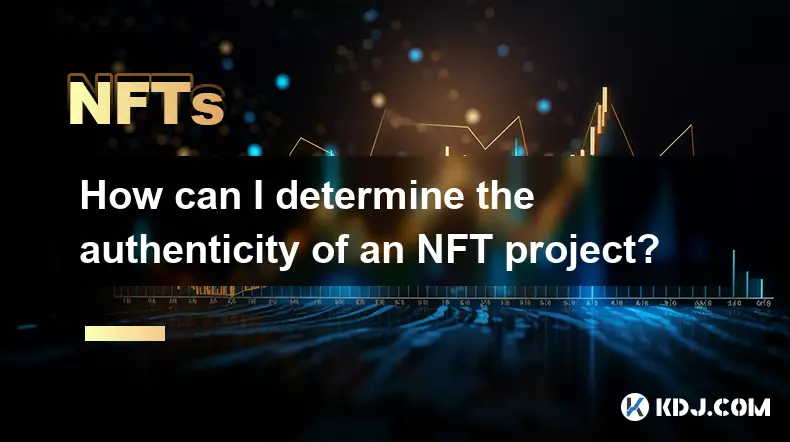
How can I determine the authenticity of an NFT project?
Sep 23,2025 at 05:18pm
Understanding the Project Team and Their Background1. Research the identities of the team members behind the NFT project. Verified social media profil...
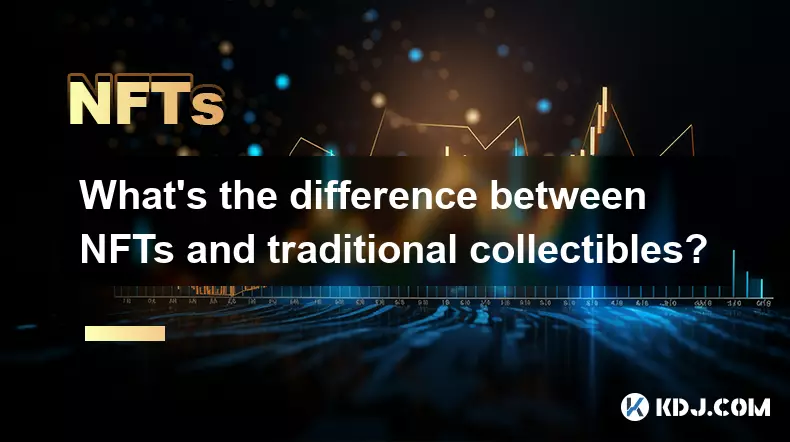
What's the difference between NFTs and traditional collectibles?
Sep 19,2025 at 12:55pm
Digital Ownership and Provenance1. NFTs are built on blockchain technology, which ensures transparent and immutable records of ownership. Every transa...
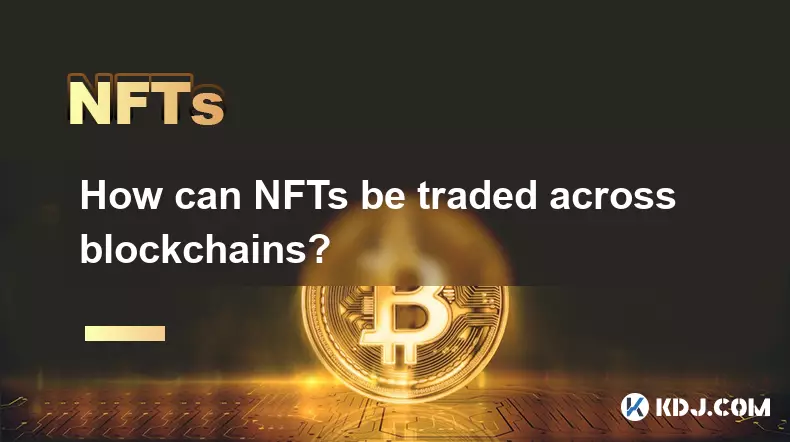
How can NFTs be traded across blockchains?
Sep 19,2025 at 12:00pm
Understanding Cross-Chain NFT Trading1. Non-fungible tokens (NFTs) are digital assets that represent ownership of unique items on a blockchain. Origin...
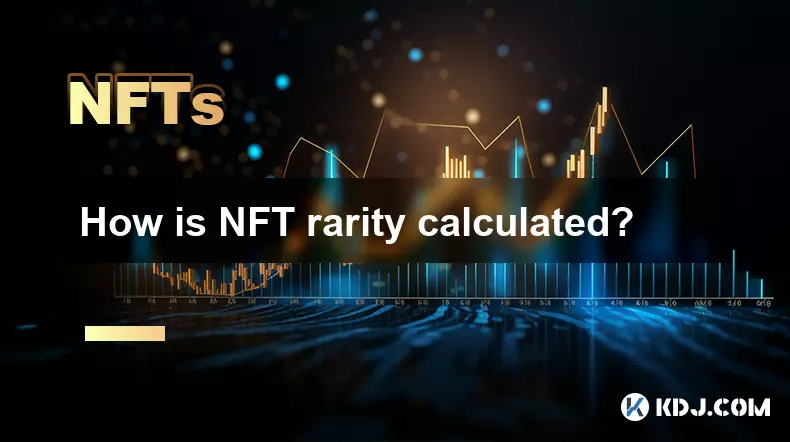
How is NFT rarity calculated?
Sep 18,2025 at 07:54pm
Understanding NFT Rarity Metrics1. NFT rarity is determined by analyzing the uniqueness of individual traits within a collection. Each NFT typically c...
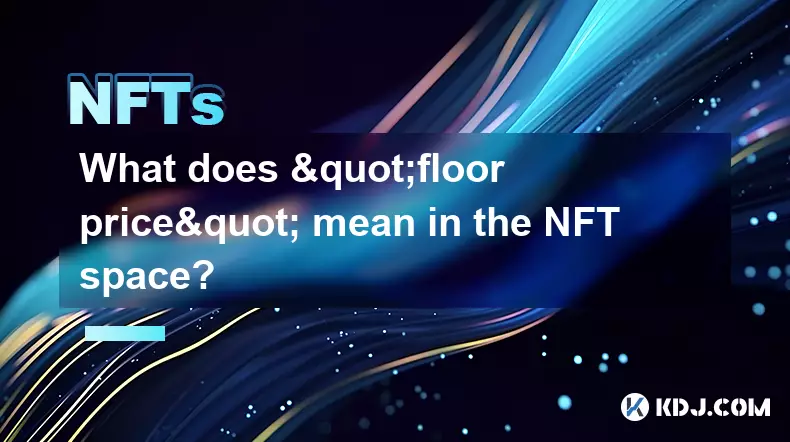
What does "floor price" mean in the NFT space?
Sep 22,2025 at 06:36am
Floor Price: A Core Metric in the NFT Marketplace1. The term floor price refers to the lowest current asking price for any item within a specific NFT ...

How do NFTs help content creators?
Sep 18,2025 at 08:00am
NFTs Empower Creators with Ownership and Monetization1. NFTs provide content creators with verifiable ownership of their digital works, ensuring authe...

How can I determine the authenticity of an NFT project?
Sep 23,2025 at 05:18pm
Understanding the Project Team and Their Background1. Research the identities of the team members behind the NFT project. Verified social media profil...

What's the difference between NFTs and traditional collectibles?
Sep 19,2025 at 12:55pm
Digital Ownership and Provenance1. NFTs are built on blockchain technology, which ensures transparent and immutable records of ownership. Every transa...

How can NFTs be traded across blockchains?
Sep 19,2025 at 12:00pm
Understanding Cross-Chain NFT Trading1. Non-fungible tokens (NFTs) are digital assets that represent ownership of unique items on a blockchain. Origin...

How is NFT rarity calculated?
Sep 18,2025 at 07:54pm
Understanding NFT Rarity Metrics1. NFT rarity is determined by analyzing the uniqueness of individual traits within a collection. Each NFT typically c...

What does "floor price" mean in the NFT space?
Sep 22,2025 at 06:36am
Floor Price: A Core Metric in the NFT Marketplace1. The term floor price refers to the lowest current asking price for any item within a specific NFT ...

How do NFTs help content creators?
Sep 18,2025 at 08:00am
NFTs Empower Creators with Ownership and Monetization1. NFTs provide content creators with verifiable ownership of their digital works, ensuring authe...
See all articles

























![Web3 Crypto Market Morning Report: Fomo on the Bnb chain continues, Binance launches the chain-sweeping platform Meme Rush, the market value of Xiuxian exceeds 40 million U.S. dollars, OK Binance business war begins [Vic TALK Issue 1437] Web3 Crypto Market Morning Report: Fomo on the Bnb chain continues, Binance launches the chain-sweeping platform Meme Rush, the market value of Xiuxian exceeds 40 million U.S. dollars, OK Binance business war begins [Vic TALK Issue 1437]](/uploads/2025/10/10/cryptocurrencies-news/videos/web-crypto-market-morning-report-fomo-bnb-chain-continues-binance-launches-chainsweeping-platform-meme-rush-market-xiuxian-exceeds-dollars-binance-business-war-vic-talk-issue/68e861c5dbd1c_image_500_375.webp)
